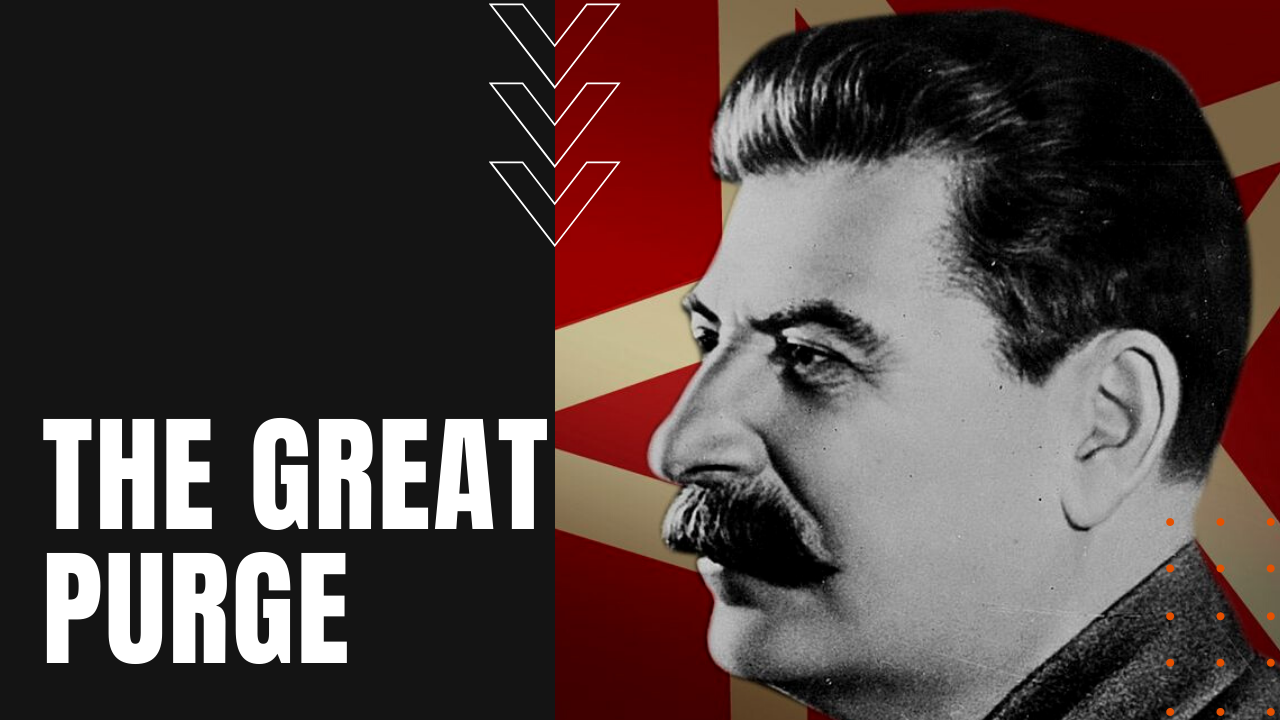The Great Purge: Stalin’s Execution of Enemies, Moscow Trials and Genocide

After Bolshevik Revolutionary leader Vladimir Lenin died in 1924, Joseph Stalin declared himself dictator in 1929, despite widespread scrutiny by Bolshevik party members who challenged his authority and right to rule.
What was the Great Purge?
Combined with the rise of Nazi power in Germany and expanding military aggression by Japan, a paranoid Joseph Stalin set out on a course to purge his perceived Bolshevik enemies in what he professed to be a legitimate effort to unite and strengthen the USSR. The Great Purge or the Great Terror, as it was known, began in 1934 with the murder of Stalin’s closest ally, Sergei Kirov, who was assassinated at Communist Party headquarters by a man named Leonid Nikolayev, who many believe was sent by Stalin to carry out the murder.
Claiming he had uncovered a dangerous anti-Stalinist conspiracy against his rule, Stalin began the systematic murder or imprisonment of suspected party dissenters, eventually eliminating all of the original Bolsheviks who had participated in Lenin’s Russian Revolution of 1917.
Moscow Show Trials
During the Great Purge of 1936 to 1938, a veritable conga line of show trials known as the Moscow Trials were undertaken, which effectively purged Stalin’s political enemies and critics in what Stalin called “the fifth column” or “enemy of the people.”
Most of his perceived “saboteurs” were executed after their mock trials, nearly all of them confessing to anti-Stalinist sentiment following merciless sessions of interrogation, threats and torture.
From Politics to Genocide
After killing off or imprisoning Bolshevik party members, political officials and members of the military, Stalin expanded his genocidal cleansing to include peasants, ethnic minorities, artists, scientists, intellectuals and ordinary citizens.
He also signed a decree that made family-members liable for the treasonous crimes of husbands and fathers, leading to the mass execution of children as young as twelve. By the end of Stalin’s purge, about one-third of all Communist Party members were executed, leading to the death of an estimated 750,000 to 950,000 Russians, although some historians place the death toll much higher, since many accused dissidents died of exhaustion, disease or starvation in prison camps known as gulags, making Joseph Stalin one of the leading mass murderers in human history.
